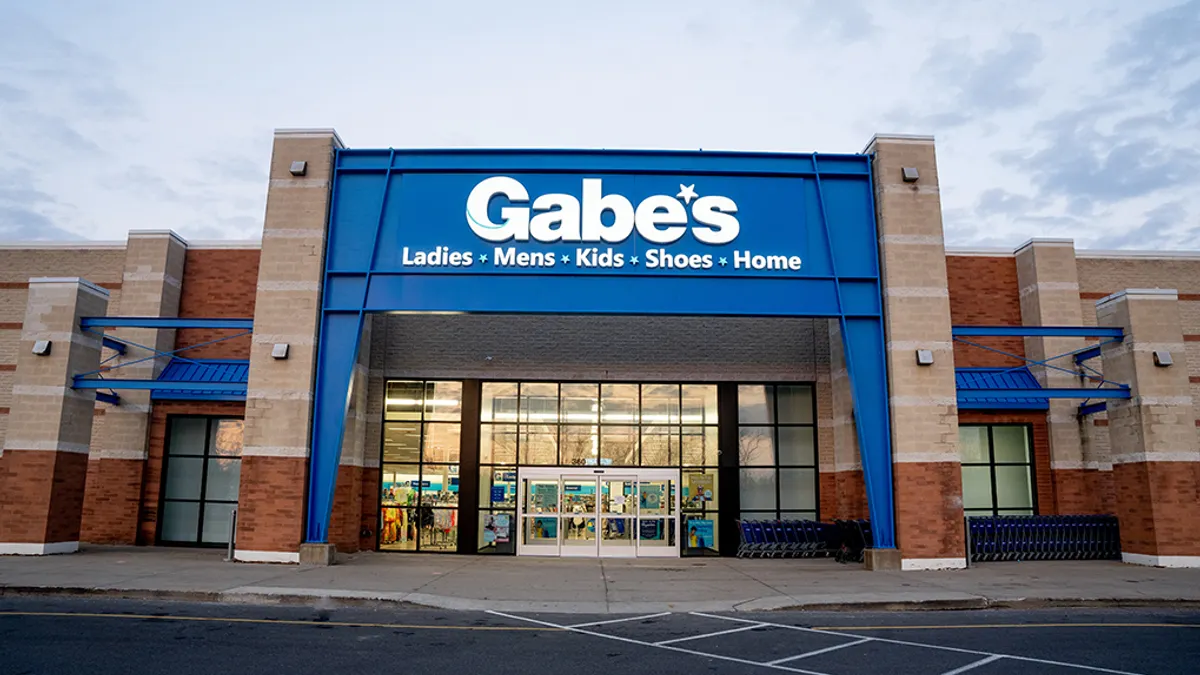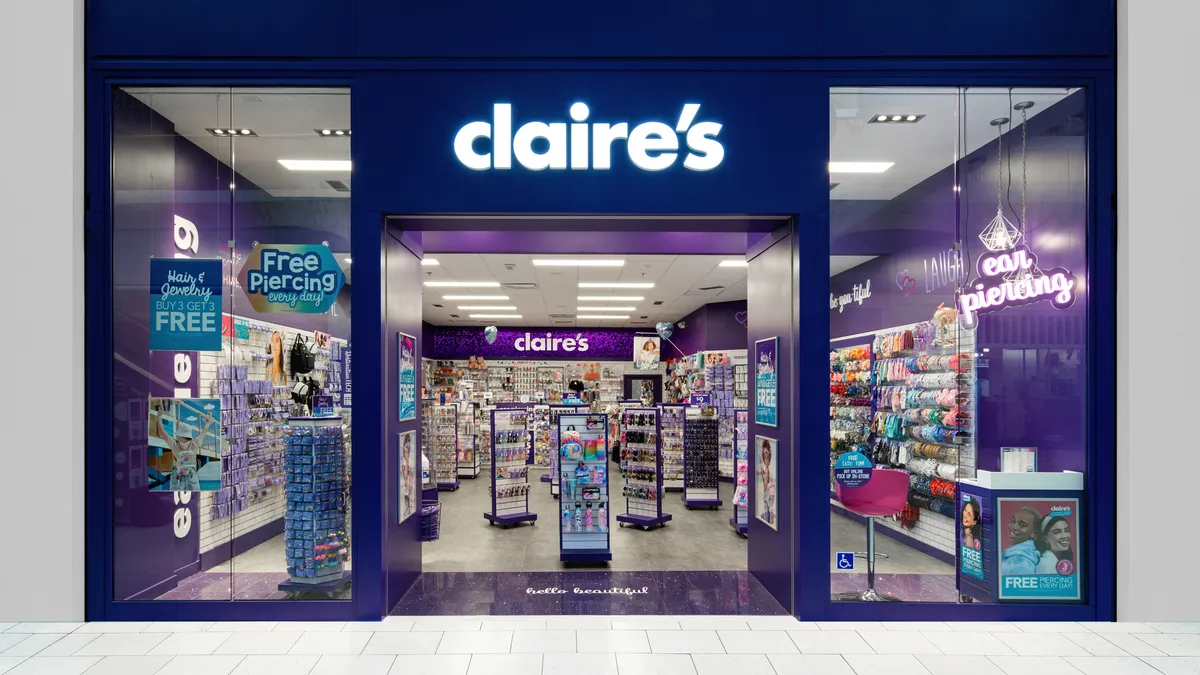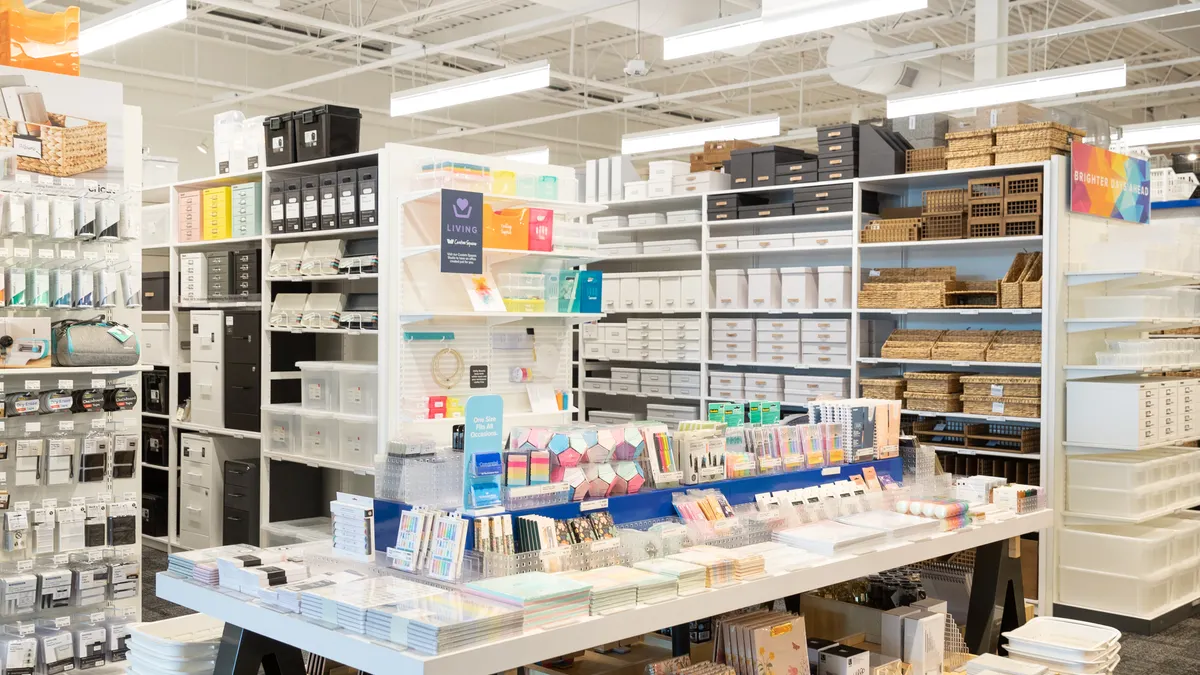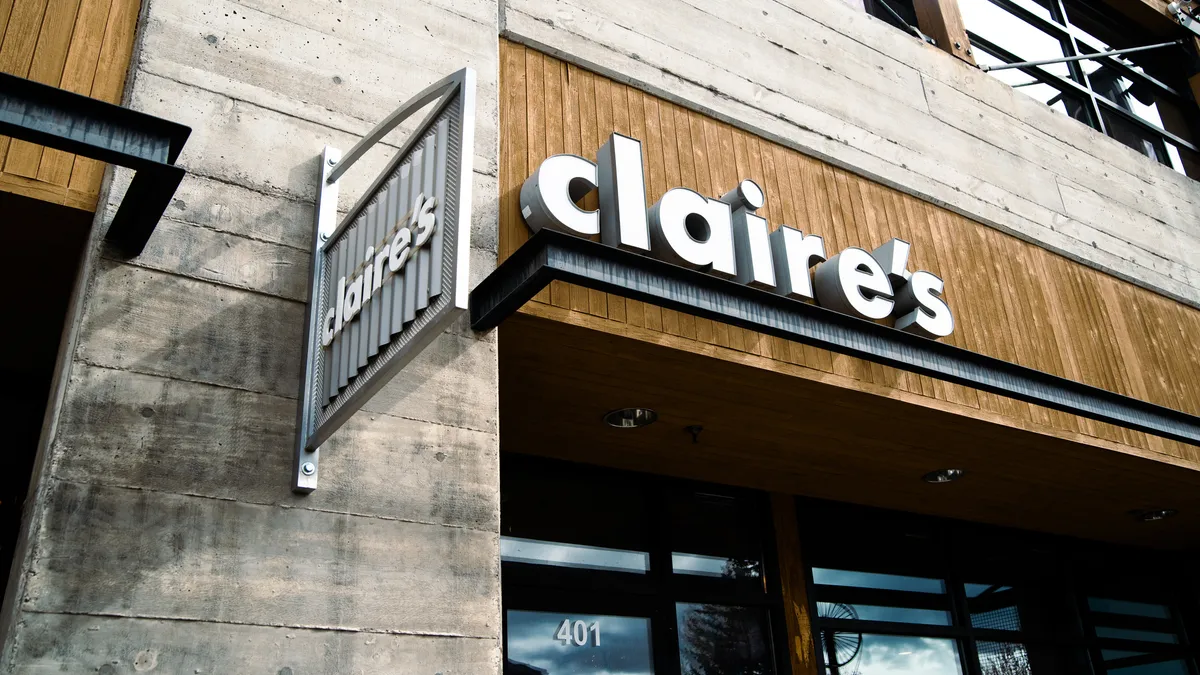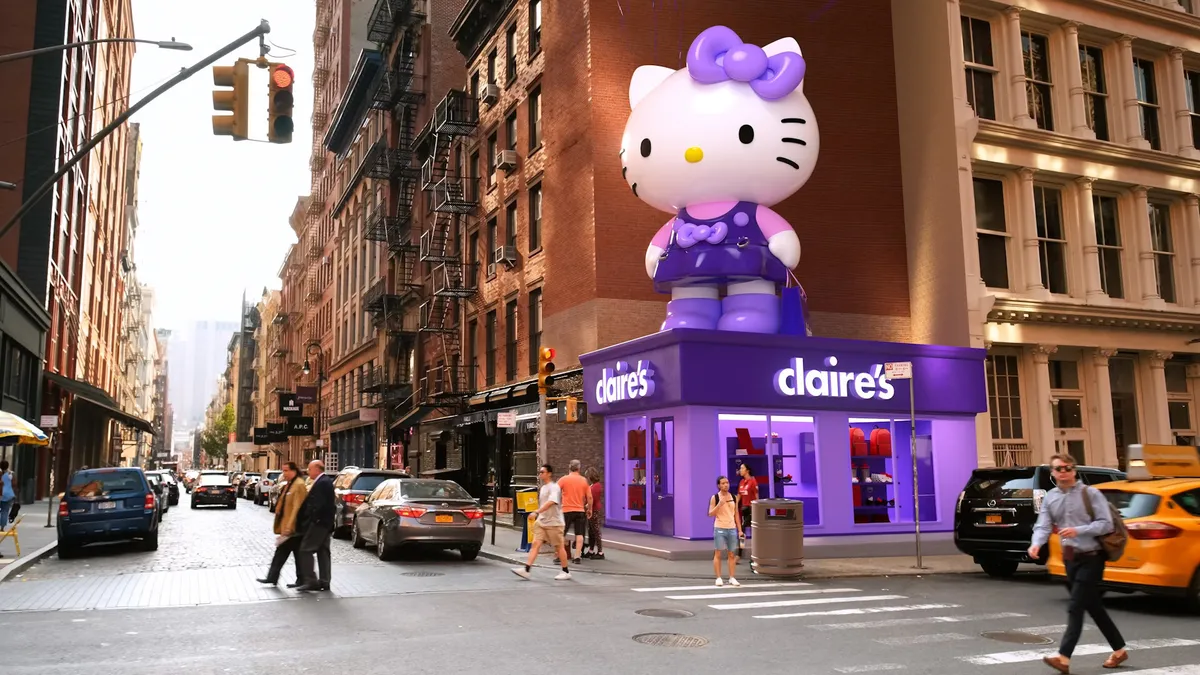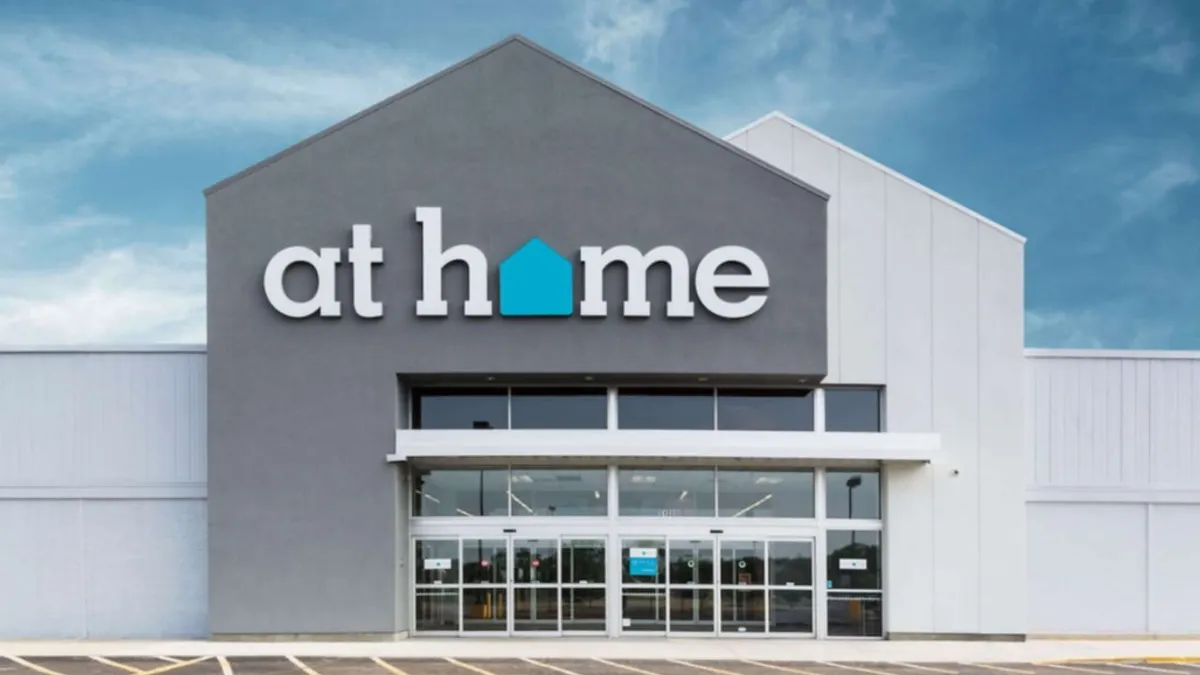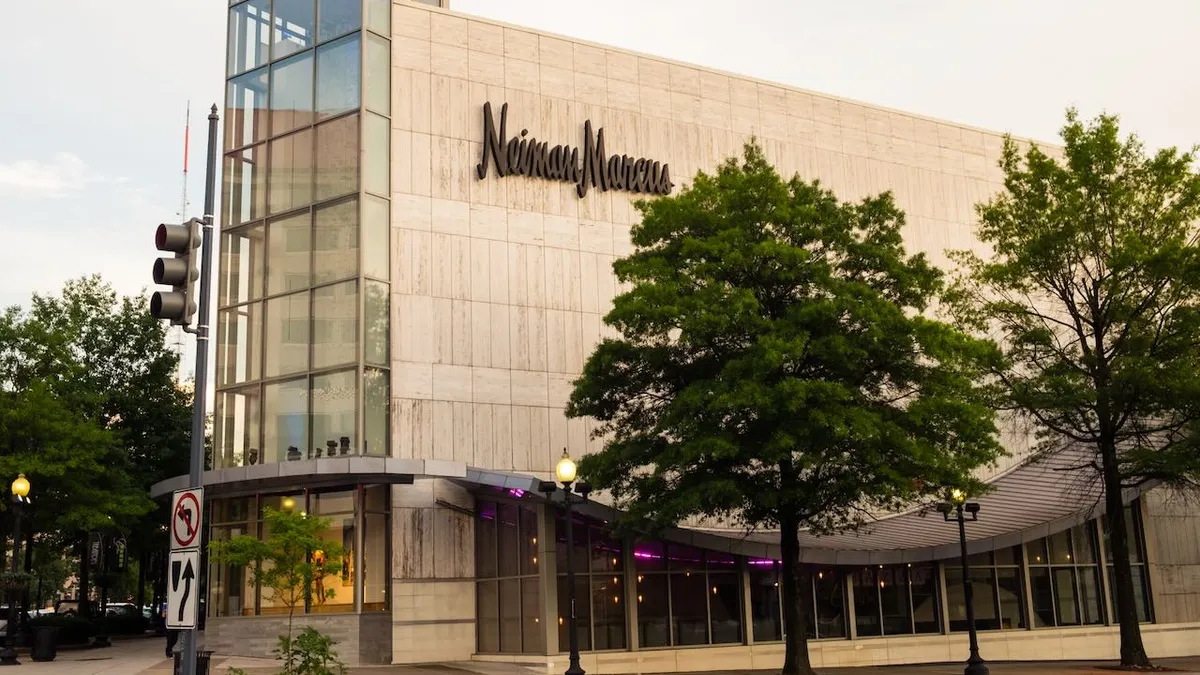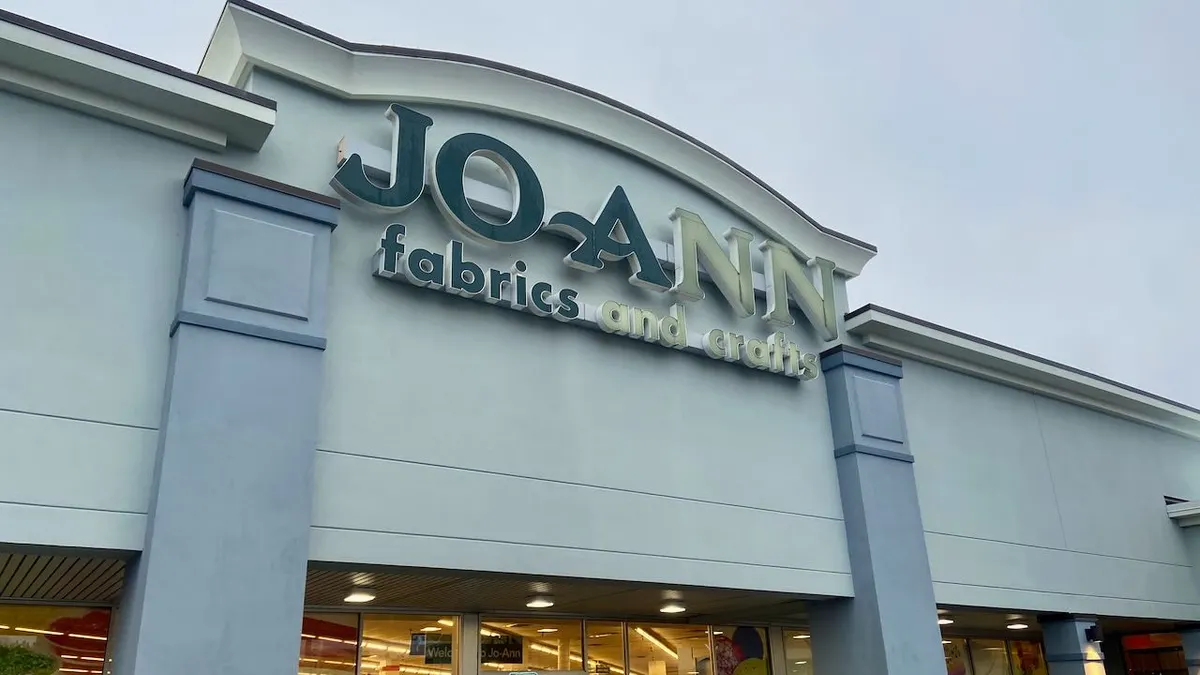With Halloween just three weeks away, retailers are in the thick of restocking shelves with candy, costumes, decorations and the holiday’s biggest sellers. For many retailers, particularly holiday specialty retailers, Halloween marks an important start to the holiday selling season.
Just a few years ago, Party City — which in addition to its namesake stores also runs a banner of Halloween City pop-up locations — said the October holiday accounted for over 20% of its annual sales. So just how big of an opportunity is the spooky season?
Halloween spending is predicted to reach $12.2 billion this year, up from $10.6 billion last year, according to the National Retail Federation. Over 70% of consumers that responded to NRF’s survey conducted by Prosper Insights & Analytics said they would participate in Halloween-related activities in 2023. Consumers plan to spend $3.9 billion on decorations for the holiday, $3.6 billion on candy, and $2 billion and $1.4 billion on adult and children’s costumes, respectively.
With growing participation and spending on Halloween, Party City should have been primed to capture even more of the season. Instead, Party City’s hold on Halloween has slipped: While Party City also sells Halloween products through its namesake stores, the retailer had just 30 Halloween City locations open as of early September, compared to the 250 it planned to run in 2019.
After years of decline, the retailer filed Chapter 11 in January. Was losing its grip on Halloween part of the problem?
Has Spirit Halloween won?
Party City had been a bankruptcy risk for years on Retail Dive’s watchlists before officially filing in early 2023. While the retailer last month received court approval for its restructuring plan and exited bankruptcy, Party City still faces challenges.
As a holiday-focused retailer, Party City relies heavily on the Halloween season. Leading up to the holiday, the retailer dedicates a lot of store space within its namesake stores to Halloween and even opens stand-alone Halloween City pop-ups annually during the months of September and October.
A great Halloween could theoretically boost Party City’s full-year sales. But a bad Halloween could greatly hurt them, as was the case with its 2019 season, when October sales fell 7% year over year, and Halloween City sales per store were down 20.8% from the year-ago period. For its 2019 fiscal year, the retailer cited “soft Halloween sales at our Party City stores and temporary Halloween stores” among other factors contributing to its revenue decline of 3.4%.
"It's, you know, probably Christmas almost for them in their business. It's one of the biggest events of the year."

Michael Brown
Partner and Americas retail leader at Kearney
“Party City is a seasonal business with a large ramp up for holiday where major portions of the store convert over to costumes and Halloween candies and so on,” Michael Brown, a partner and Americas retail leader at Kearney, told Retail Dive. “So it's, you know, probably Christmas almost for them in their business. It's one of the biggest events of the year.”
And yet, the retailer has recently been losing out to Spirit Halloween.
Spirit Halloween operates a chain of temporary Halloween stores that are open for just a couple of months a year, a model that means it takes on less of a real estate burden than other retailers, according to Telsey Advisory Group analyst Joseph Feldman. This year, the retailer will operate more than 1,500 seasonal locations nationwide.
The biggest advantage Spirit Halloween has over Party City is its in-store experience. While both retailers bring in specialty goods that can’t easily be found elsewhere, Spirit Halloween creates an immersive experience with its merchandising.
“When you go into a Spirit Halloween store — I mean, it almost gives us the vibe of like going into a haunted house, which is a more exciting experience for people as they're going to shop for this category,” Feldman said.
And while Party City similarly operates its own fleet of temporary chains in Halloween City, those stores have “not quite had that same energy and experience that Spirit has had,” Feldman said, adding that Spirit Halloween historically has done a good job of going after certain licenses and getting exclusives for specific characters it believes will be popular that season. “They just continue to grow a nice business, and they've been taking market share it seems for the past three to five years.”
Halloween City’s footprint is also drastically smaller than the 1,000-plus locations run by its competitor. Halloween City operated just 25 pop-ups in 2020 at the height of the pandemic, but ramped that up to between 80 and 100 the following year. As of Sept. 10, about 30 Halloween City stores opened across the country, according to a company Facebook post. Party City had nearly 800 company-owned stores as of September.
But Spirit Halloween hasn’t always been the clear winner in the space. There was a time between five and 10 years ago, Feldman said, that Party City was the leader in the Halloween market. “Collectively, Party City was the leading specialty retailer of Halloween goods and it feels like they've lost some of that luster.”
More players, same game
Consumers are splitting their Halloween spending across multiple retailers as more companies ramp up their seasonal offerings.
According to NRF’s survey, 40% of shoppers are planning to visit a discount store this year, while 32% plan to shop online and 39% said they will shop at a Halloween specialty store. That’s still a sizable chunk of shoppers looking to the likes of Party City and Spirit Halloween, but competition continues to grow in the Halloween market, with online players, mass merchants and even home improvement retailers looking to capitalize on the holiday.
Just 10% of consumers start their Halloween shopping on Party City’s or Spirit Halloween’s websites, while 44% of consumers turn to Amazon first, according to an October report from Jungle Scout. That’s especially true among younger demographics: 56% of Gen Z consumers and 58% of millennials turn to Amazon first when shopping online for Halloween products.
These retailers, by nature, don’t rely on Halloween to the same extent as the specialty retailers. “A lousy Halloween is not good for Walmart or Target or anybody,” Feldman said. “But it's not going to really move the needle.”
For Party City, it does. Leading to its bankruptcy were, in part, changing consumer preferences. The retailer in 2019 reported total revenue fell over 3% year over year to $2.35 billion as a result of a growing trend of more consumers shifting spending online, David Orlofsky, Party City’s chief restructuring officer, said in an April court document. As the COVID-19 pandemic took hold the following year, Party City’s problems were only heightened.
“Party City in the past several years was trying to have less reliance on Halloween as a driver of their business,” Feldman said. “They were trying to have a more stable year-round business and not just be so focused on that fourth quarter.”
As of November 2021, then-CFO Todd Vogensen said the company was “very pleased with consistent strength in core and thrilled with our improved Halloween execution … Halloween is now low double-digit of our annual performance versus over 20%, just a few years ago.”
“A lousy Halloween is not good for Walmart or Target or anybody. But it's not going to really move the needle.”

Joseph Feldman
Analyst at Telsey Advisory Group
Its reliance on Halloween for annual sales wasn’t the only problem, though. In fact, Party City CEO Brad Weston said in November during a conference call discussing Q3 results that its “Halloween revenue was up across the enterprise on top of a strong 2021 Halloween.” But the company, like other retailers deemed nonessential, was forced to close its stores in the early days of the pandemic, which Orlofsky said led to reduced revenue and employee furloughs, putting a halt to planned strategic initiatives like store remodels as the company was forced to “actively manage its capital structure to stay afloat.” This was coupled with the fact that demand for parties and gatherings — the bulk of Party City’s business — plummeted.
Party City also faced liquidity constraints — which prevented it from making investments into its business — and strained vendor relationships. Many of Party City’s vendors had started requiring cash in advance and/or prepayment on orders prior to them being shipped, as opposed to providing ordinary trade credit.
“Such tensions are particularly detrimental to the company’s businesses because of the advance window in which the company is required to place orders for seasonal manufacturing components and other inventory, such as Halloween costumes,” Orlofsky said in Party City’s bankruptcy court documents.
In addition to a sudden drop in gatherings during the early days of the pandemic, the retailer also cited rising costs and a helium shortage as putting strains on its business.
As the retailer exits Chapter 11, Halloween is still an opportunity. Where the specialty Halloween stores win out is in providing consumers with both unique products and a unique shopping experience.
Party City allows customers to “look at, touch, feel the excitement of shopping for that holiday costume with a child. Being able to put together not only the costume, but envision what the experience at your haunted house or home could be,” Brown said. Compared to shopping at a mass merchant, like Amazon, “it's a difference of experiencing the Halloween costume and decoration, shopping with your child versus just clicking a button and having it sent to your house.”
It’s an open question if Party City will be able to capitalize on that advantage. Currently, its stores are facing traffic declines. Party City’s foot traffic has fallen double digits every week between July 31 and Sept. 18 compared to the same period in 2022, according to Placer.ai, noting however that Party City has closed, and continues to close, stores. During the week of Sept. 11 and Sept. 18, specifically, foot traffic fell 22.4% and 20.3% year over year, respectively. Foot traffic is declining at a much sharper rate than last year: During those same weeks last year, foot traffic fell 1.9% and 6.1%.
Regaining Halloween for Party City might mean leaning into its in-store advantages.
“As long as brick-and-mortar retailers continue to embrace the full experience of shopping and enjoying those holidays, they'll win out over the online players every day,” Brown added.








